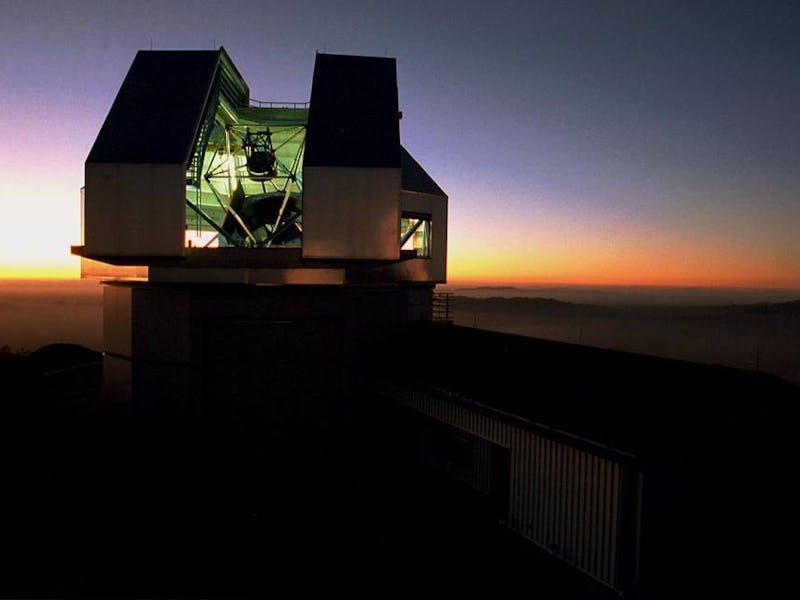Penn State Wins NASA Contest to Build a "Planet Hunter"
Dr. Suvrath Mahadevan will lead a team designing NEID, a new instrument for finding exoplanets, or planets beyond our solar system.

NASA’s astrophysics division has selected a Pennsylvania State University team to design and build a new instrument for detecting the planets outside our solar system.
The “planet hunter” instrument, called NEID (“nee-id”), will cost $10 million and is scheduled for completion in 2019. It represents a partnership between NASA and the National Science Foundation, the NASA-NSF Exoplanet Observational Research program (NN-Explore).
The team is led by Dr. Suvrath Mahadevan, assistant professor of astronomy and astrophysics at Penn State, and won an exhaustive national competition. The team began designing the spectrograph a year ago specifically for the competition and will begin construction as soon as contract negotiations with NASA are finalized, likely within the next month. NEID will be built at Kitt Peak National Observatory in Arizona.
“We are very, very excited to start building and it and start finding planets with it,” Dr. Mahadevan tells Inverse. “Right away, we’ll start looking at very bright stars and trying to get more precise readings from them, as well as analyzing new data that will be coming in from NASA.”
The NEID instrument, to be completed in 2019, will be installed on the 3.5-meter WIYN telescope at the Kitt Peak National Observatory in Arizona, and detect exoplanets by measuring the miniscule “wobbling” of stars.
Bright stars are not necessarily more likely to indicate the presence of the rocky, terrestrial planets Mahadevan and his team will be looking for, but they are easier to see, and can thus facilitate the collection of more data in a shorter period of time.
NEID’s uniqueness is two-fold: its design will afford it greater stability than existing spectrographs, and its wavelength will be unusually large, covering a spectrum from deep blue to very, very deep red. Instability limits what signals such an instrument can detect, while a broad wavelength helps filter out stellar noise and distinguish mere stellar activity from the presence of an actual planet. The combination of this increased stability and larger wavelength in a single instrument will be unprecedented, according to Mahadevan. He predicted the instrument would be in use for at least the next decade or two.
“We certainly don’t anticipate things changing for many years,” Mahadevan said. “These instruments exist in vacuum chambers, in very stable environments. We’re designing it to last a very long time. It’s a unique resource, especially since it will be open-access. It’s phenomenally stable; it will be transformative.”
Astronomers from all over the world will be able to use NEID, though the Penn State team gets some guaranteed time to analyze the bright stars — and the planets that hopefully accompany them — that they’re looking for. Other scientists will submit proposals for peer review, and the ones deemed to have the most merit will get time with NEID.
According to NASA, “The name NEID is derived from a word meaning ‘to discover/visualize’ in the native language of the Tohono O’odham, on whose land Kitt Peak National Observatory is located.”